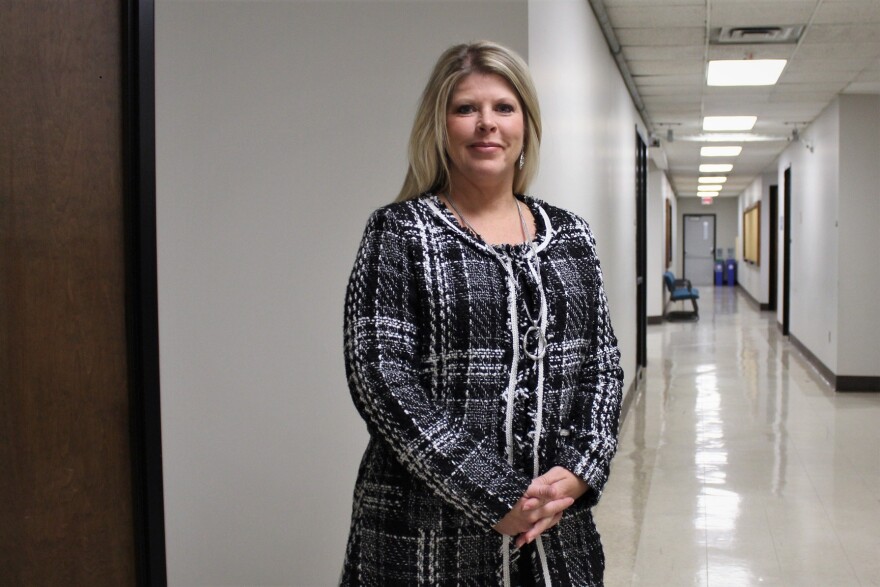The massacre at Columbine High School in April 1999 wasn't the first mass shooting in a U.S. school. But at the time, the 13 deaths and more than 20 injuries were the worst in history.
Since then, the country's 11 most deadly school shootings have claimed more than 125 lives. With no signs of slowing down, there's an unsettling fear in the mind of many: Which school will be the next to mourn victims of a campus shooting? And that poses another question: How can schools better train and protect students?
“Lock out, get out, take out,” is one of the first things that staff at North Kansas City School District learn, according to Rob McLees.
A former Kansas City, Missouri, police officer, McLees is now the director of safety and security for the more than 20,000 students in the district.
The three-step plan differs from another commonly heard practice, "run, hide, fight." Lock out, get out, take out refers to taking any "out" that is best for personal safety, based on the circumstance.
The district works closely with area law enforcement agencies, McLees said, and Clay County's sheriff's office has appointed full-time school resource officers to the district. Strategos International, a Grandview company focused on “professional protective services, training and consulting,” also provides training to the schools.
North Kansas City schools teach kids in grades K-12, which makes the staff training crucial when it comes to helping young students during a crisis. The better the staff is trained, the more prepared they are to handle a situation calmly with less stress, McLees said.
“And they’re going to be able to clearly tell the kids at any age, ‘This is what we’re going to do,’” he added.
While college-level institutions have seen the largest number of attacks, a gunman in 2012 killed 20 children and 6 adults at Sandy Hook Elementary in Connecticut, making it the site of America's second most deadly school shooting.
Alisa Pacer, the emergency management director for Johnson County Community College, said a behavior intervention team helps monitor situations at school.
“It’s all about keeping your finger on the pulse of what’s going on,” with students and employees, Pacer said. “It’s about early reporting, early red flag behavior, early warning signs.”

Both campuses have tip hotlines that anyone can use to report concerning behavior, and McLees and Pacer agreed that for security and trust reasons, it’s important to investigate tips immediately.
JCCC, which is ranked the safest college in the state of Kansas, is protected by its own law enforcement agency, which Pacer said “serves as a huge deterrent for crime in general.”
But JCCC officers have one challenge K-12 schools don’t: In 2017, Kansans were allowed to concealed-carry guns on campus, something Pacer said can be a concern for officers.
Training is not the only thing schools do for preparation. Schools across the country have poured billions of dollars into security upgrades. At JCCC, more than 500 cameras keep watch over the 24-building campus. The upgraded digital system is regularly monitored, which Pacer said is money well spent.
But there's one security measure neither school has in place: metal detectors.
“The logistics of doing something along with metal detectors would be quite enormous,” McLees said.
Even with state-required training and drills, and reviews of previous incident reports and best practices, Pacer said it’s never enough.
“You just can’t get complacent,” she said. "You have to keep striving and trying new things for improvement."
Pacer and McLees spoke with KCUR on a recent episode of Up to Date. Listen to the entire conversation here.
Elizabeth Ruiz is a freelance producer at KCUR 89.3; you can reach her at elizabeth@kcur.org.





